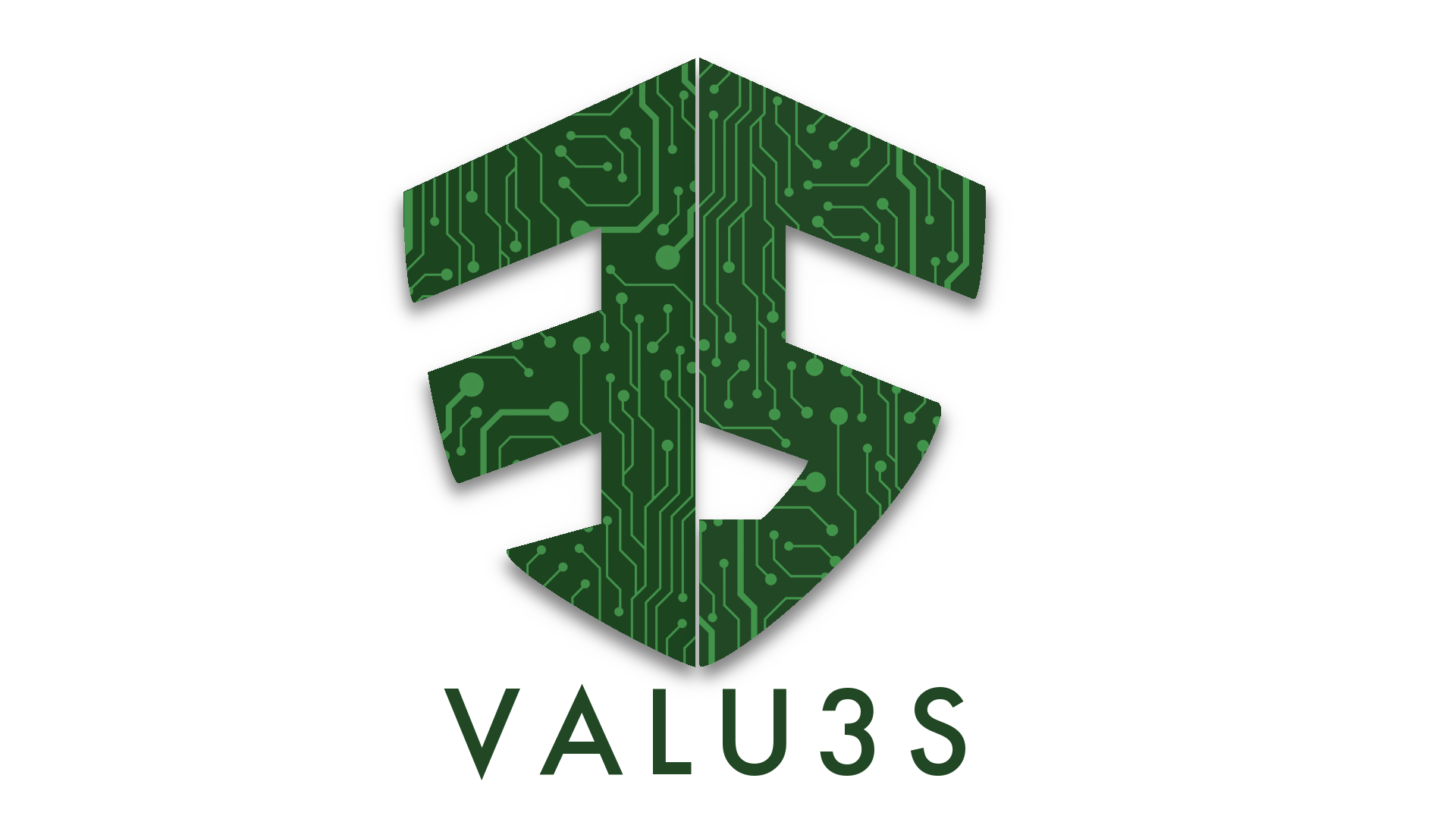
Railway use cases
Autonomous train operations
CAF signalling has been working on Computer Vision (CV) and Artificial Intelligence (AI) enhanced systems development to reach a higher autonomy in urban vehicles, and align them with railway European normative. The aim of these works is to apply CV&AI techniques to improve different autonomous train operation functionalities as precision stop, visual odometry, rolling stock coupling operation or person and obstacle detection-identification in railroads. CAF will use VALU3S approach to verify and validate some functionalities developed in CV & AI field for autonomous train operations, such as automatic platform detection for the automatic train approximation to accurate train stop, automatic accurate stop at door equipped platforms to align vehicle and platform doors, and doors management for safe passenger transfer. V&V procedures must consider that the system needs to be robust in presence of sensor malfunctions, platform detection and stopping mark pattern detection and segmentation malfunctions, camera calibration malfunctions, and AI algorithm malfunctions.
Safe function out-of-context
This use case corresponds to safety-critical systems subjugated to various safety standards in the railway domain. In the railway domain, the typical error response time is 100 ms, and a typical scenario is a fault-detection of the motor control in the application. In this use case, we plan to implement a safety function (e.g. a safety stop) on two different platforms, and then move the safety function from one execution environment to another, and mimic the certification process. This way, we are able to validate if the methods and tools developed in the course of the VALU3S project support (i) a simplified (re-)certification process, (ii) reduce the cost and time for work on functional safety, and (iii) increases the system availability.